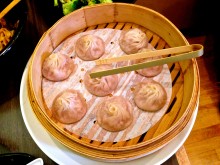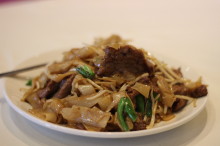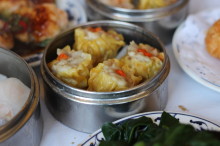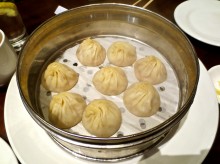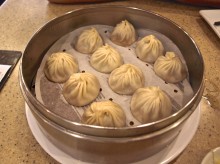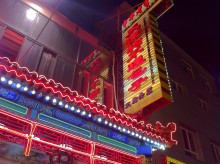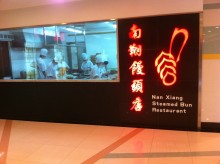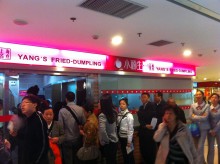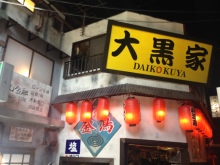
In all my time living in LA I had one major failure. Well maybe more than one failure, but one of them is not making a trip to Daikokuya. Fortunately, that ramen spot set up an outpost over in Little Little Tokyo. It has a crazy wait, but when you step inside it feels like you’ve really stepped onto a street in Japan (as evidenced by that picture to the left inside the place).
